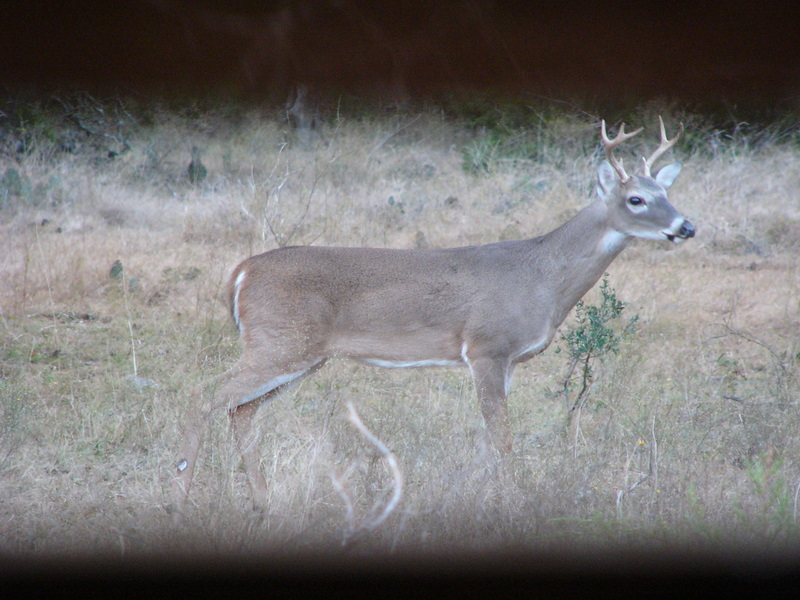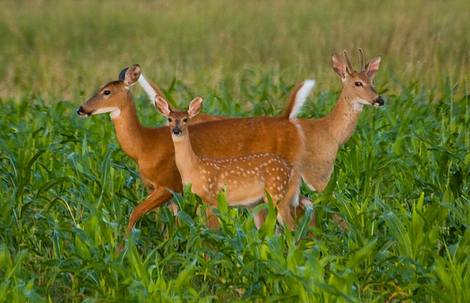From the looks of things, Spring has definitely sprung here in Central Texas! Browse plants are putting on new leafy growth and the moisture-rich soil is covered with high-protein forbs. It appears the white-tailed deer found in this part of the world be eating good for some time to come. Let’s just hope the all-important Spring rains come through for the deer habitat this year. So far, so good. Changing subjects now, and I know it’s a long time until deer survey season, but I recently learned of an interesting study taking place out of Texas State University. The research relates to conducting stand surveys to estimate white-tailed deer populations on individual ranches.
First, I’ve never been a huge fan of stand surveys for whitetail, primarily because I feel other deer survey techniques do a better job of estimating deer populations on individual properties. That being said, some properties just do not lend themselves to being surveyed any other way, so even a low-confidence estimate is better than no estimate at all. In the mentioned study, a high-fenced pasture with a known number of marked white-tailed deer was used. Five deer stands and 5 timed spin-feeders filled with corn were placed within the pasture and were located approximately 1/2 mile from one another, creating a hunting scenario similar to many Texas ranches where deer are hunted. Continue reading “Stand Counts for Surveying White-tailed Deer”

